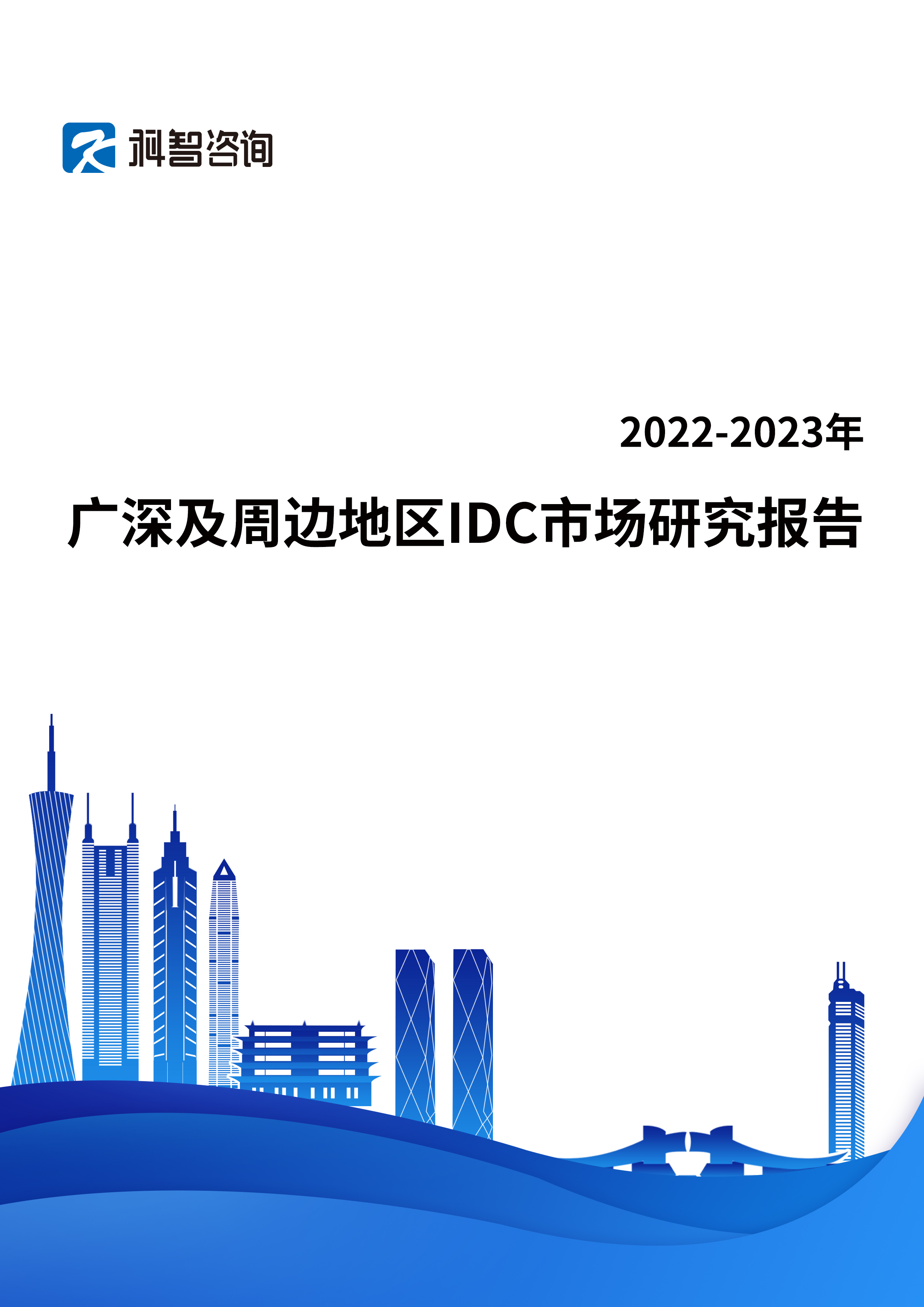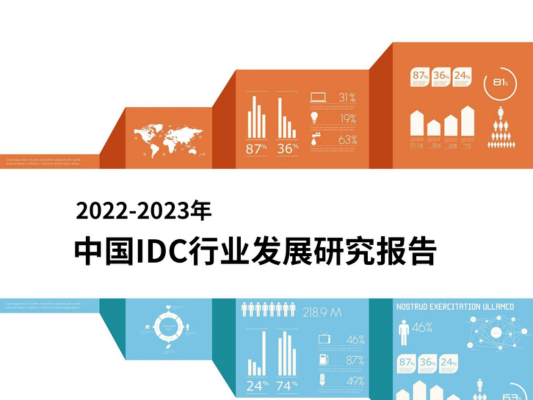In 2025, a surprising new asset class is dominating institutional portfolios: data center real estate. Once considered a niche investment for specialized REITs and infrastructure funds, data centers are now attracting mainstream attention from private equity giants, sovereign wealth funds, and even pension managers.
As AI, cloud computing, and edge workloads explode across every industry, the underlying infrastructure supporting the digital economy has become one of the most sought-after real estate investments in the world. Wall Street sees the writing on the wall: data is the new oil, and data centers are the digital oil rigs.
In this in-depth article, we’ll explore why Wall Street is increasingly eyeing data center real estate, which types of investors are entering the market, and what it means for operators, developers, and end users.
The Institutional Shift Toward Digital Infrastructure
A Quiet Boom Becomes Loud
For over a decade, firms like Digital Realty and Equinix quietly built billion-dollar empires by leasing space to cloud providers and enterprises. But what was once a specialist’s game is now center stage. Wall Street firms are deploying capital into data center real estate at an unprecedented pace.
According to JLL, global data center investment surpassed $60 billion in 2024, with over 40% of capital coming from non-traditional infrastructure investors. By mid-2025, that figure is expected to grow by another 20%.
Who’s Moving In?
Blackstone: Acquired QTS Realty Trust for $10 billion in one of the largest data center deals to date.
KKR and Global Infrastructure Partners: Partnered with CyrusOne for major expansions in Texas and Germany.
Brookfield Infrastructure: Invested in hyperscale builds across Asia and South America.
DigitalBridge: Continues to scale its digital infrastructure portfolio with targeted data center acquisitions.
These firms aren't just buying buildings—they’re underwriting entire ecosystems of connectivity, energy, and compute capacity.
Why Wall Street Loves Data Centers
Predictable Cash Flows
Leases in the data center industry are typically long-term (10–15 years) with annual escalators. This provides stable, predictable income—a key requirement for institutions managing risk-averse capital from pension and sovereign wealth funds.
In addition, the credit quality of tenants—hyperscalers like AWS, Microsoft, and Google—is often AAA-rated, reducing vacancy and default risk.
Explosive Demand
Demand for digital infrastructure is no longer confined to tech. AI model training, retail analytics, logistics automation, and digital health all require robust, always-on computing infrastructure.
With generative AI alone expected to consume 4.5x more data center power by 2030, Wall Street sees this trend as not only sustainable—but accelerating.
Scarcity of Land and Power
Prime data center real estate is hard to come by. Power availability, fiber density, zoning, and environmental clearance all restrict new developments. That scarcity creates defensible moats—precisely what investors seek.
In markets like Northern Virginia, London, and Tokyo, the barriers to entry are so high that incumbent operators enjoy premium pricing and 95%+ occupancy rates.
From REITs to Mega-Funds—Investor Profiles
Data Center REITs
REITs remain dominant players. Digital Realty, Equinix, and CoreSite continue to expand globally, but newer REITs focused solely on hyperscale builds are also emerging. Their value proposition is clear: scale, specialism, and connectivity.
Private Equity
PE giants like KKR, Blackstone, and Apollo are increasingly funding campus-style developments. They seek higher returns than traditional REITs and are often more aggressive in using debt and structured finance to juice yields.
Infrastructure Funds
These funds, typically tied to pension or sovereign capital, favor core-plus strategies. They are long-term holders who invest in both greenfield (new builds) and brownfield (existing facilities with expansion capacity) opportunities.
Family Offices and Real Estate Trusts
Even smaller institutional players are entering the market. Wealth managers and family offices are co-investing in regional builds—especially in Tier 2 cities where returns are strong and competition is lighter.
How AI Is Driving the Real Estate Frenzy
AI Workloads Are Location-Agnostic—but Power-Hungry
AI infrastructure is fueling new builds in both major metros and rural markets. Training LLMs requires enormous amounts of power and cooling—driving site selection based on power availability rather than proximity to end users.
That shift in criteria has Wall Street investing not just in buildings, but in power generation assets, battery storage, and energy-efficient technologies that increase long-term NOI (Net Operating Income).
Liquid Cooling and Rack Density
Traditional data halls may support 8–12 kW per rack. AI applications require 40–100 kW. This creates new demand for facilities that can retrofit for liquid cooling or immersion.
Investors who understand this shift are backing next-gen colocation and bare metal campuses that can support AI-grade infrastructure.
Top Markets Seeing the Most Capital Inflow
Northern Virginia (Loudoun County)
The capital of colocation still commands Wall Street’s attention. Land prices are astronomical, but so is demand. Investors are bidding on parcels even before utilities are fully provisioned.
Dallas–Fort Worth
Low energy costs, ample land, and friendly regulations have made DFW one of the fastest-growing hyperscale markets.
Columbus, Ohio
Home to new cloud regions and enterprise demand. Several funds are investing in speculative builds as supply tightens.
Phoenix, Arizona
One of the few Tier 1 markets with large land banks available. Excellent for solar energy pairing and latency to California.
Challenges Investors Must Navigate
Power Constraints
Even institutional capital can’t buy power. In many hot markets, there’s a 24–36 month wait for substations or grid upgrades.
Funds must evaluate energy delivery timelines as seriously as they evaluate lease terms.
Supply Chain Delays
Cooling systems, transformers, and generators remain backlogged post-COVID. This affects time-to-revenue and IRR.
Funds with supply chain partnerships or in-house engineering arms have a clear advantage.
ESG and Regulatory Pressure
Data centers are under the microscope for energy usage and environmental impact. ESG mandates are influencing where and how capital is deployed.
Funds now include sustainability scoring as a standard diligence metric.
The Rise of Sale-Leaseback Deals
As more enterprises divest their real estate, sale-leasebacks are becoming a hot trend.
These deals allow:
Enterprises to free up capital.
Investors to get operating assets with tenants in place.
Operators to scale without needing new land acquisition.
Expect this structure to become more common, especially in financial services, healthcare, and retail sectors with aging on-prem facilities.
What This Means for Operators and Tenants
For Operators
Institutional capital opens new growth opportunities—but comes with new scrutiny. Investors expect:
Efficient build timelines
Sustainable operations
Solid tenant pipelines
Operators must balance technical know-how with financial fluency.
For Tenants
Tenants benefit from increased supply, but also face rising rents in premium markets. Expect more emphasis on:
Power guarantees
Custom builds (e.g., high-density pods)
Hybrid financing options (e.g., lease-to-own)
Real Estate Trends to Watch in 2025
Campus-Style Development: Multiple buildings + substations + green energy on-site.
Modular Builds: Speed to market is critical, and modular construction is winning bids.
Fiber Aggregation Sites: Real estate around new subsea cable landing points is heating up.
Tier 2 City Growth: Markets like Kansas City, Huntsville, and Reno are gaining steam.
The Digitization of Real Estate Investing
Wall Street’s embrace of data center real estate is more than a trend—it’s a recognition of how essential digital infrastructure is to the global economy. The demand for compute, power, and connectivity shows no signs of slowing, and capital is following accordingly.
For CEOs, developers, and investors, the message is clear: the line between real estate and technology is blurring fast—and those who can navigate both worlds will define the future.
Source: datacenters




